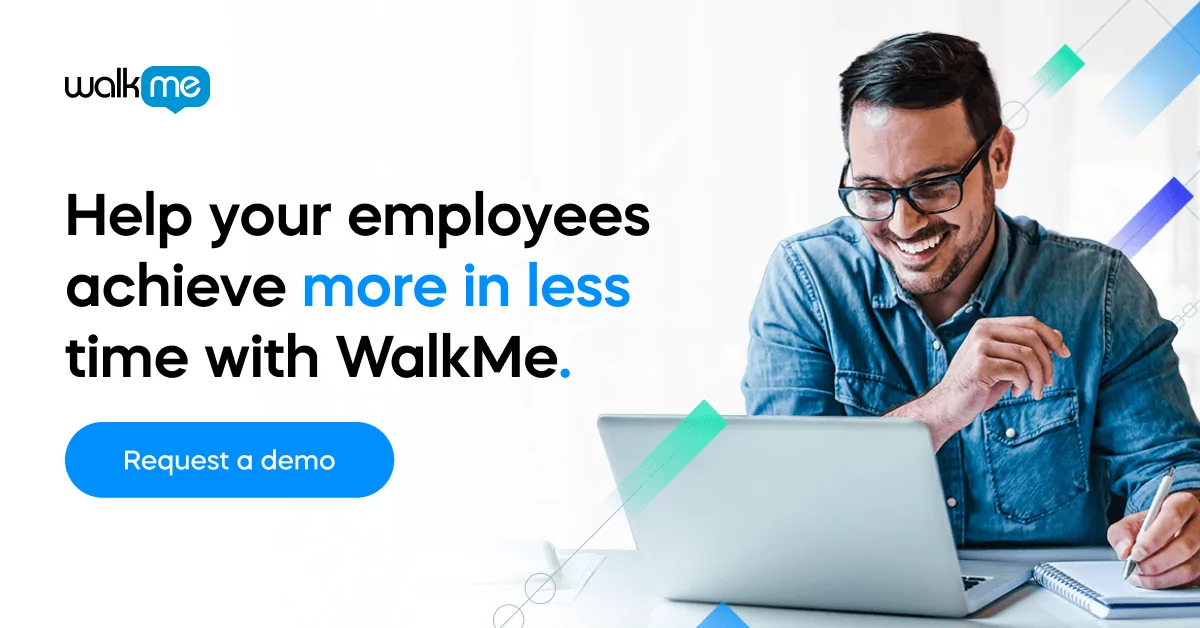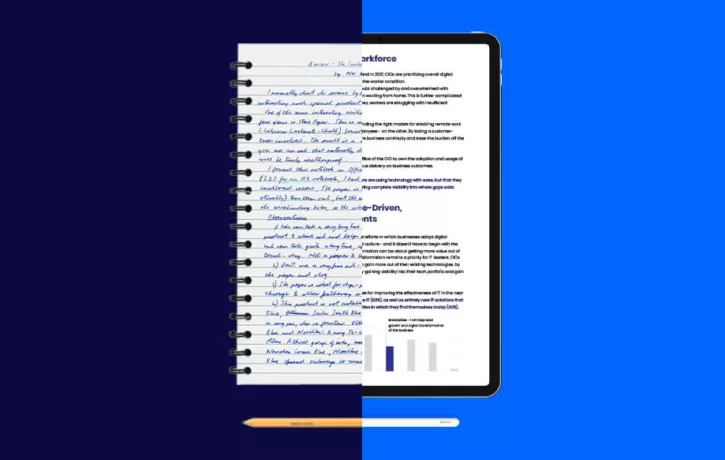The digital world is accelerating at a pace that is forcing organizations to either keep up with the changes, or fall behind the rest. If your company is stuck in its old ways of employee learning and development, you can be sure there will be a build-up of cultural rust that becomes harder to shake off with time.
One of the greatest benefits of making the shift to become a digital-first business is the ability to establish a continuous learning strategy that keeps employees agile while driving productivity.
Accenture’s Technology Vision 2021 report found that 86% of executives agree their organization must train their people to think like technologists—to use and customize technology solutions at the individual level, but without highly technical skills.
Outdated training methods lead to more distractions than enablement, so in order to truly succeed, companies must seek out and take full advantage of the best tools available in the market.
Let’s break down the learning and development techniques that used to be the norm, and pit them against their superior alternatives of today.
The old methods vs. the new methods
Old: User guide/manual
Companies generally purchase new business systems for their employees in hopes that they will save the company time and money. The issue arises when management expects those employees to teach themselves how to utilize the technology by following user guides and manuals.
Each new tech has its own learning curve, and some platforms have extensive workflows that can often be difficult to follow and remember. Forcing employees to follow a guide means they have to jump back and forth between tabs, screens, or even notebook pages, just to complete a single task.
For the business processes that are only used once a week, a month, or less, employees will surely forget the correct steps to take and fall back to the manuals. Misusing time to search for the relevant page in a guide can be frustrating for the employee and it immediately begins to devalue the software in which the company has invested. Thankfully, there are new methods of streamlining digital workflows.
New: Live, contextual guidance
No, this is not a video pop-up. No, this isn’t a colleague or manager walking you through each and every step of a workflow as you message back and forth on Slack.
Systems known as “digital adoption platforms (DAPs)” are giving training leaders the opportunity to construct a brand new employee experience. These SaaS products sit atop business applications and work as a live compass for the users. The interactive layers hold the hands of employees as they engage with their applications to not just flatten the learning curve but potentially eliminate it altogether.
The average employee at an enterprise company uses 8 apps or more. According to a study by Forrester Research, the average onboarding time per new employee on applications is 8 hours, but with the assistance of WalkMe’s Digital Adoption Platform, companies were able to reduce onboarding time by 50%. This is all before taking into account the amount of time saved by employees who forget workflow steps once they’re fully onboarded.
Old: Classroom lessons
Using business hours to organize classroom sessions means disconnecting employees from their work environment and putting a halt to their productivity.
In this method of learning, employees often sit for hours, taking notes on details that are meant for a general audience and may only become relevant months in the future. It is then on the individual to retain the information they had learned during any given lesson while performing their daily workflows.
Even with the global adaptation to virtual classrooms and recorded lessons, employees still need to sift through endless distractions and pauses for discussions that can detract from the learning process.
Anything less than hands-on experience is time and resources lost for the company, as well as an opportunity for employee frustration to arise.
New: Real-time learning
In a recent survey of over 500 executives by Harvard Business Review, 82% said the typical employee has at least four interactions with digital touchpoints a day, and more than half said their typical employee is expected to master at least three new digital touchpoints every year.
So, when employees are expected to learn on the job, it can appear as a massive undertaking. However, digital workforce solutions have evolved to teach and enable users while maximizing productivity.
By using DAPs with in-app teaching, organizations are able to decrease training costs and increase contribution rates for employees. The time from the initial hire to achieving competency across an entire tech stack is nearly non-existent. Training of employees is then reinforced by the completion of business-critical workflows on the fly. This elevates employee confidence while introducing relevant content with which they will engage time and time again.
Old: Post-course surveys
After an entire course of learning, employees are asked to think back on their personal experiences and rate them on an arbitrary scale. There may even be a few long-form questions that require the employees to write out their answers.
This type of data collection takes a lot of time and resources from everyone involved while disengaging employees from their workflows.
Of course, it is important to receive feedback from employees in order to build better learning experiences in the future, but these types of surveys are not the most reliable. They can be influenced by something as variable as the mood of the individual at the time of taking the survey.
New: Live data insights
When discussing employee learning capability and skill development in relation to their software systems, Sr. Product Manager at Nestle, Greisy Flores, said, “Our biggest roadblock to improvement was the lack of data regarding how employees are performing with our products. Lack of visibility and insights meant that we were mostly guessing what kind of learning content we needed to create. Thanks to WalkMe Insights, we have the ability, through analytics, to understand the rate of adoption and interactions with new features.”
Not only can analytics systems provide a crystal clear view into the experience of employees, but they can also be used to prevent roadblocks from appearing in the first place. Predictive analytics afford management the ability to personalize learning experiences that cater to the strengths and weaknesses of employees.
Final thoughts
Out with the old, in with the new. We adapt in order to survive, and the pandemic has been our greatest test to date. Through innovative and transformative thinking, leaders can prepare their teams for the next normal and beyond. Take advantage of the tools the world has to offer.


